Honda Civic Service Manual: Front Brake Caliper Removal and Installation (Natural Gas models)

| 1. | Vehicle Lift |
|
| 2. | Front Wheel |
|
|
|
| 3. | Front Brake Caliper Body (Natural Gas Model) |
|
|
Do not spill brake fluid on the vehicle; it may damage the paint. If brake fluid does contact the paint, wash it off immediately with water.
|
||||||||||||
| 4. | Front Brake Pad (Natural Gas Model) |
|
|
|
|
|
|
| 5. | Front Brake Caliper Pin and Boot (Natural Gas Model) |
|
|
|
|||||||||

| 1. | Front Brake Caliper Pin and Boot (Natural Gas Model) |
|
|
|
|||||||||||||||||||||||||||
| 2. | Front Brake Pad (Natural Gas Model) |
|
|
|
||||||||||||
|
|
|
| 3. | Front Brake Caliper Body (Natural Gas Model) |
|
|
|
| 4. | Brake System - Bleeding (Natural Gas Model) |
|
|
Do not spill brake fluid on the vehicle; it may damage the paint. If brake fluid does contact the paint, wash it off immediately with water.
|
|
|
|
||||||
|
Front
Rear
|
|
| 5. | Front Wheel |
|
|
|
||||||
 Brake Calipers
Brake Calipers
...
 Rear Brake Caliper Overhaul
Rear Brake Caliper Overhaul
View
1.
Rear Brake Caliper Exploded View
Exploded View
Disassembly
Frequent inhalation of brake pad dust, regardless of material composition, co ...
See also:
Honda Civic Owners Manual. Playing AM/FM Radio
Preset Memory
To store a station:
1. Tune to the selected station.
2. Select and hold the preset number for the station you want to store.
You can also store a preset station by the following procedure.
1. Tune to the selected station.
2. Select the open/close icon to display a lis ...

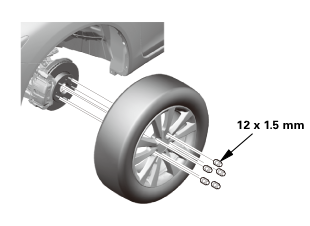
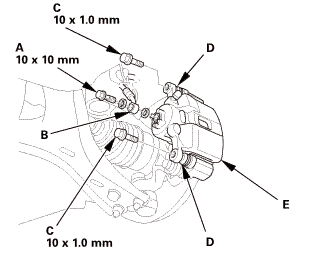

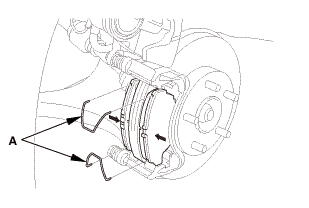
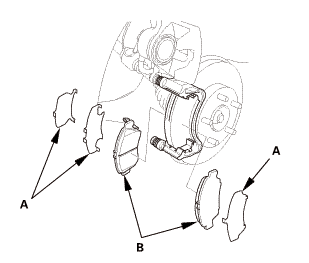
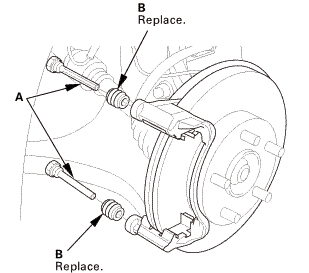
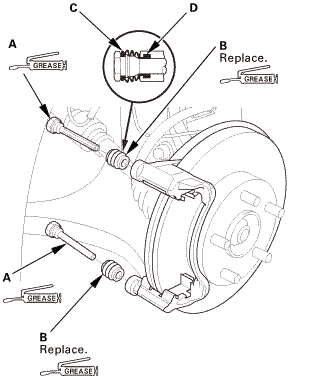

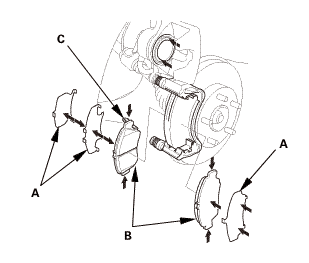
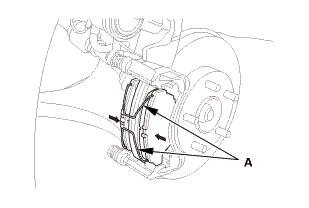
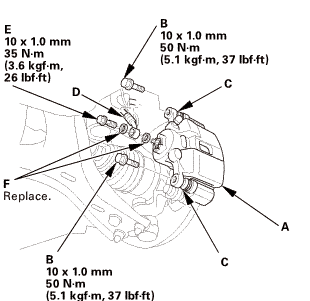 (5.1mn)lummm,nu-nu
(5.1mn)lummm,nu-nu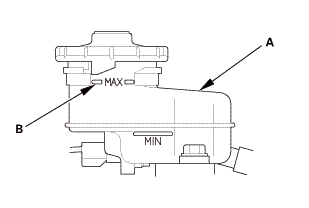
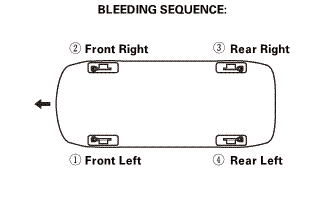 sznuzucz
sznuzucz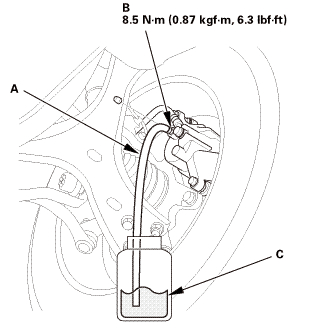 x.sm.x1imm
x.sm.x1imm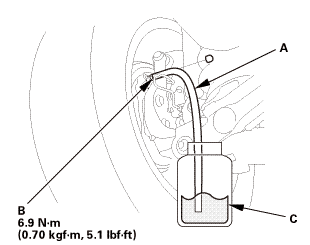
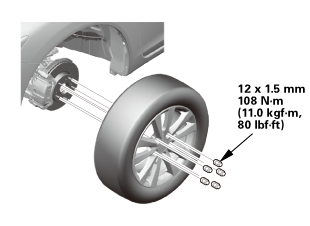 mmmln-mnomm
mmmln-mnomm